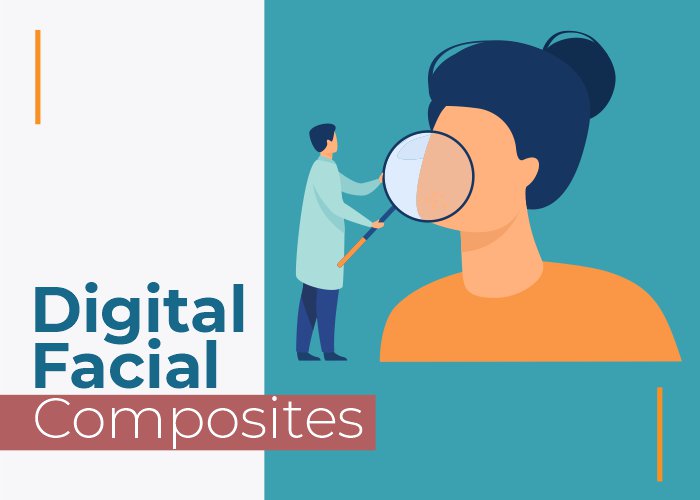Facial composites are quite a unique type of art that has greatly evolved with a shift to digital solutions with the current world as a tremendous resource for the police and other forensic analysts. Digital facial composites are generated pictures made using the information provided by witnesses or informants that depict what a suspect or missing person looks like. Such composites have brought change in criminal investigations by making them precise, quicker and available to many people.
What are Digital Facial Composites?
Computer generated image means an ascertained and constructed picture of a person on the basis of the details offered by witnesses, victims or other parties. While applying concepts of traditional sketching, the digital composites are made by creating realistic images in detailed computer software. This process has enabled the recreation of various details specific to the face thus helping in identification.
How Digital Facial Composites Work?
Digital facial composites are made with the use of specialized software where the forensic artists choose from the provided gallery of eyes, nose, and mouth, style of hair and skin color. With this tool, they can adjust these aspects to fit the descriptions of a witness by fine tuning the image until it looks like the person that they are looking for.
It can even manipulate the artists such as forensic artists to formulate additional items like scar, tattoo or any other feature one wanted to include in the face through the algorithms it has built in it to make the face look as natural as possible. These composites are then distributed to the police, displayed in the print and electronic media or public places or utilized in databanks in order to aid identification.
Advantages of Creating Digital Facial Composites
Increased Accuracy
Digital composites are easier to make and are much more accurate as compared to hand drawn composites. Sophisticated software used by a forensic artist brings considerable control over the changes of the image so the images resemble the portrayed suspect in likeness of witnesses’ testimonies. Such accuracy is highly useful in either tracking down suspects or in finding anyone that might have got lost.
Quick Production Time
The conventional method of sketching may take a lot of time especially if the witnesses will be having a hard time describing individual facial features. Using digital software, these composites can be produced in a shorter amount of time when compelled by a current case in a given community that needs the attention of law enforcers. This speed can mean the difference between the emission of an early alert to the public in order to prevent any other incidences of crime.
Enhanced Accessibility
Digital technology allows for the dissemination of facial composites in one click across various platforms, agencies, and social media. Making it easier for the image to be accessed aids in the dissemination of the image so that there are high probabilities that somebody will know the person encountered. In cases of missing persons, having a widely available, accurate image can be instrumental in generating leads.
Uses of Digital Facial Composites in Forensics
There is a wide array of use of digital facial composites in the area of forensic and criminal analysis. Some key uses include:
Suspect Identification: In cases where witnesses supply a description, forensic artists are able to form a composite in order to apprehend and arrest suspects.
Age Progression: When a missing person has been lost for instance years, then age progression technology can help in identifying the current appearance.
Reconstructions for Deceased Individuals: Such services can be of help to forensic artists in reconstruction of facial features of the unidentified dead persons in order to be identified.
Applying Digital Facial Composites to the Future
Digital facial composites’ future lies in the cooperation with artificial intelligence as well as with machine learning. These technologies may help increase the efficiency of composites by as much as 90 percent, which generates composites based on databases of facial features that witnesses provide. Furthermore, deep learning models could soon help in the simple recognition of even harder patterns which could easily be missed by humans leading to easy identification of suspects from various composite images.
Selecting a Good Digital Facial Composite Service
When selecting a digital facial composite service, law enforcement agencies and private clients should consider:
Expertise: Seek those agencies with skilled forensic artists especially in the use of technologies in their work.
Data Security: Make sure that the service respects the highest level of data protection to preserve the confidentiality of the data.
Proven Track Record: Having a strong story that is credited to helping solve some cases can make this history give confidence to companies.
Conclusion
Digital facial composites are clearly an important source of information in contemporary forensic investigations because they are fast, accurate, and easily adjustable. In use from identifying the suspects to facial age progression, they have become the staple appendages of the police. In future, because of continually improving technologies, the facial composites created digitally will be increasingly precise and widely available, thereby providing a better support to the ongoing investigations and prevention of criminal activities.









